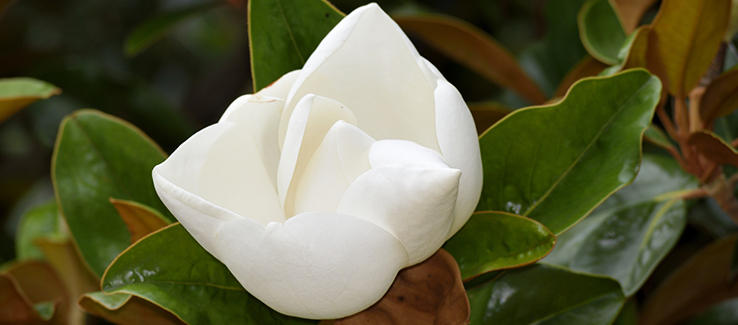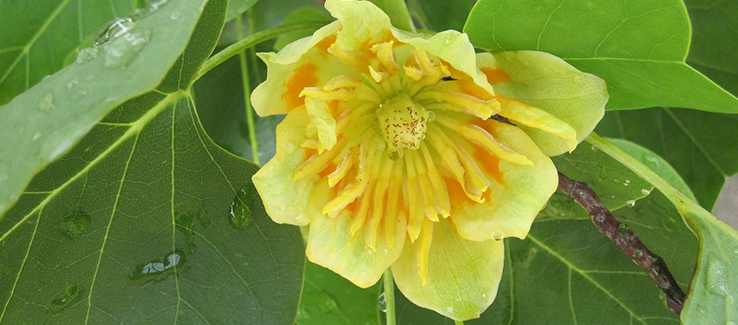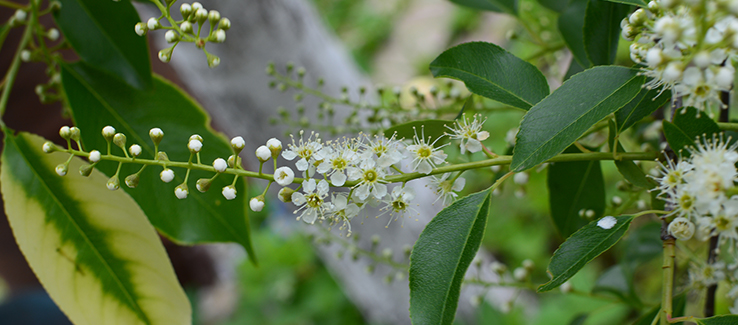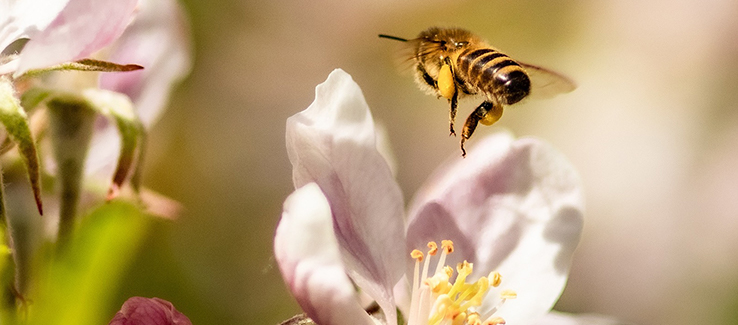5 Best Trees for Pollinators
Not knowing the best tree pollinators can leave your garden or landscape underutilized, vulnerable to less growth or even barren. Knowing which trees attract and are most beneficial to pollinators will help you plant tree species that support the local ecosystem, its crucial pollinators, and lead to thriving plants, fruit, flowers and trees.
fasttreeremovalatlanta.com gathered the following species and planting information about 5 tree species that attract and nurture area pollinators.
Why are Pollinators Crucial?
Birds, bats, bees, butterflies, beetles, and other small mammals that pollinate plants are responsible for bringing us one out of every three bites of food. They also sustain our ecosystems and produce our natural resources by helping plants reproduce.
Note: Pollinating insects and animals travel from plant to plant carrying pollen in a crucial interaction that facilitates the transfer of genetic material critical to the reproductive system of most flowering trees, shrubs, and plant species. Consider the following 5 tree species for your landscape:
1. Apple (Malus)

Names for this tree species include:
- Apple
- Common Apple
- Paradise Apple
The accepted scientific name is Malus pumila but is also referred to as Malus domestica, Malus sylvestris, Malus communis, and Pyrus malus.
Size at Maturity – Apple tree species reach 30 feet tall, with a spread of 25 to 30 feet at maturity.
Soil Preference – Apples thrive in loamy, slightly acidic to neutral soil (5.8 to 7.0 pH)
Water Requirements – Mature apple trees need 1 inch of water weekly.
Sun Requirements – Apple trees grow and produce best when grown in full sun (6+ hours daily).
Attracted Pollinators – Solitary bees, honeybees, bumblebees, and hoverflies
Hardiness Zone – Zones 3 through 5
2. Southern Magnolia (Magnolia grandiflora)

This species features broad, leathery leaves 5 to 10 inches long, with shiny dark green topsides and soft, rusty undersides. The tree requires protection from winter sun and winds in northern areas. The tree grows in an oval, pyramidal shape.
Size at Maturity – Southern Magnolias reach 60 to 80 feet tall, with a spread of about 40 feet at maturity.
Soil Preference – This species thrives in moist, well-drained, acidic soil (5.5 to 6.5 pH)
Water Requirements – Mature Magnolia trees should be watered every other week.
Sun Requirements – Magnolia trees thrive in full sun and partial shade (4+ hours daily).
Attracted Pollinators – Bees, fruit flies, leafhoppers, and beetles
Hardiness Zone – Zones 6 through 10
3. Tulip Tree (Liriodendron)

Tulip trees are among the largest native tree species in North America. It is a member of the magnolia family and has tulip-shaped flowers. The showy, goblet-shaped, orange-yellow-green flowers bloom in late spring after leaf out.
Size at Maturity – Tulip trees reach 70 to 90 feet tall, with a spread of about 40 feet at maturity.
Soil Preference – A tuliptree will grow well in acidic, loamy, moist, sandy, well-drained, and clay soils with a 4.5 to 7.5 pH.
Water Requirements – Mature tulip trees may need 5 to 7 gallons of supplemental weekly irrigation.
Sun Requirements – Tulip trees thrive when grown in full sun (6+ hours daily).
Attracted Pollinators – Honey bees, native bees, and hummingbirds
Hardiness Zone – Zones 4 through 9
4. Black Cherry (Prunus serotina)

The black cherry species are large, native trees commonly found in the Midwest and throughout the eastern United States. The tree’s showy white flowers appear as drooping clusters in the spring, followed by dark, small, and rounded fruits in late summer.
Size at Maturity – This deciduous tree species reaches 60 to 80 feet tall.
Soil Preference – Black cherry trees thrive in deep, well-drained soil with a 5.0 to 6.5 pH.
Water Requirements – This tree species may need 1 to 2 inches of supplemental irrigation every other week.
Sun Requirements – Black cherry trees thrive in full sun and partial shade (4+ hours daily).
Attracted Pollinators – Most native pollinators and bees
Hardiness Zone – Zones 2 through 8
5. Native Oak (Quercus)

Oak trees have spirally arranged leaves. Some of those trees have serrated leaves or entire leaves with smooth margins, and many deciduous varieties are marcescent (not dropping dead or spent leaves until spring).
Size at Maturity – This tree species can reach 40 to 80 feet tall, with a spread of 60 to 100 feet at maturity.
Soil Preference – Native oaks thrive in acidic, alkaline, loamy, moist, sandy, well-drained, and clay soils with a 5.0 to 6.5 pH.
Water Requirements – Young and mature oak trees require little watering, only once a month.
Sun Requirements – This species thrives when grown in full sun (6+ hours daily).
Attracted Pollinators – Native oaks give over 500 pollinator species, including honey bees, a home and enable them to return yearly.
Hardiness Zone – Zones 3 through 9
Trees for Pollinators
In this article, you discovered five beneficial tree species for pollinators, what they attract, and their planting and care requirements.
Knowing which trees to plant for pollinators will help you guarantee and increase seed, flower, fruit, and next-generation tree, shrub, and plant production.
Not knowing which trees attract the necessary pollinators can leave your landscape struggling to produce viable flowers, fruits, and seeds.
Sources:
pollinator.org/pollinators
ncbi.nlm.nih.gov/pmc/articles/PMC4859530/
srs.fs.usda.gov/pubs/misc/ag_654/volume_2/liriodendron/tulipifera.htm
naturewalk.yale.edu/trees/magnoliaceae/magnolia-grandiflora/southern-magnolia-58
carolinanature.com/trees/prse.html
extension.tennessee.edu/publications/documents/PB1731.pdf
(404) 220-9965
(404) 220-9963

